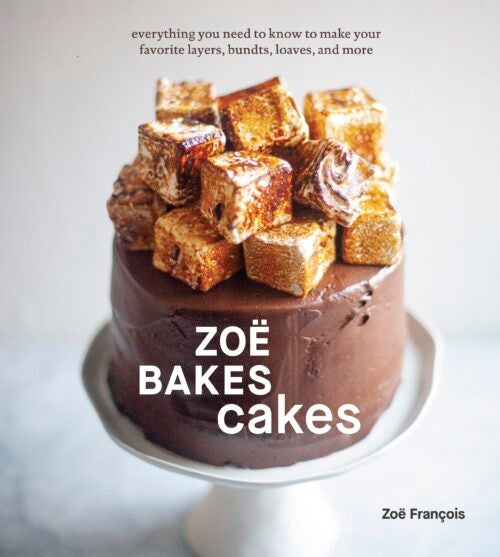









The pavlova is the ballerina of the baking world. Literally. It was named for a Russian dancer who was visiting Australia. (Or was it New Zealand? Both countries claim the dessert’s origin.) I have played with the shape to give it a more elegant look, reminiscent of the tutus Pavlova, the dancer, would have worn.
A pavlova is a study in perfect imperfection. It bakes into a delicate, smooth shell that collapses in the middle, begging for any manner of filling. Scoop in fresh berries, fill the center with a citrusy curd and passion fruit, or use all of them— the options are limitless. Plus, because there’s zero flour in the shell, pavlovas are naturally a gluten-free dessert if you need something spectacular that fits that bill. Besides, who doesn’t want to dig into a crackling, sweet cloud?
There are a few parts of this method that will set you up for success. If possible, use really fresh egg whites. They’ll make a stronger egg foam that will be less likely to crack while it bakes. The water in the mix helps to thin out the egg white protein, creating a more ethereal pavlova that will melt in your mouth. If you make your own superfine sugar, sift it first to make sure it is truly fine so it will dissolve into the eggs more easily, giving the pavlova a smoother surface. The low oven temperature is key to keeping the meringue from cracking or browning too much. An oven thermometer is a great tool to determine your oven’s temperature for sure.
Directions
- Preheat the oven to 275°F / 135°C and place a rack in the bottom third of the oven. Trace a 6-inch / 15cm circle on a piece of parchment paper and set it, upside down, on a baking sheet.
- In a stand mixer fitted with the whisk attachment, combine the egg whites, salt, and cream of tartar (if using) and beat on medium-high speed until medium peaks form, about 3 minutes.
- Turn the mixer speed to medium-low and drizzle in the water. Slowly sprinkle in the sugar a little at a time; this may take a minute or so. Turn the speed to high and whip until very stiff, glossy peaks form, about 5 minutes.
- Using the whisk attachment or a rubber spatula, gently fold the cornstarch, vanilla, and vinegar into the egg whites.
- Mound the egg foam into the circle on the prepared parchment paper. Using a metal spatula, smooth the mound, then swipe grooves in the foam, creating curls at the top. Very gently create a crater at the top, like a volcano, where the grooves meet.
- Bake until the pavlova starts to turn a very pale tan color, about 1 hour 15 minutes. If after about 45 minutes, the pavlova is darkening too fast, lower the oven temperature to 250°F / 120°C. Turn off the oven (don’t open the door), turn on the oven light (if your oven doesn’t have a light, bake 15 minutes more), and let the pavlova sit in the cooling oven for at least 3 hours, but it can be stored like this overnight or even up to 24 hours. Leaving the light on ensures it will stay dry.
- The center of the pavlova will collapse—that’s just the nature of the beast and the place where you will put your filling. If it doesn’t fall into the cavity completely, use a paring knife to carefully open up a hole in the top. The outer edge may crack a touch, too, but I’ve made this shape several times, and it cracks far less if you do not open the oven door.
- Run a metal spatula under the pavlova to release it from the paper and carefully transfer to a serving plate.
- Fold half of the whipped cream into 1⁄2 cup / 130g of the lemon curd. Fit a pastry bag with a large round tip and fill with the cream-curd mixture. Alternatively, carefully spoon in the mixture. Fill the pavlova with half of the cream-curd mixture. Spoon 1⁄4 cup / 65g of the remaining lemon curd over it, then sprinkle with some of the berries. Repeat with the remaining cream-curd mixture and then the remaining lemon curd. Finish with the remaining berries and whipped cream and then dust with confectioners’ sugar.
- Refrigerate the pavlova for about 1 hour before serving to make it easier to cut.
Reprinted from Zoe Bakes Cakes. Copyright © 2021 by Zoë François. Published by Ten Speed Press, an imprint of Random House, a division of Penguin Random House

